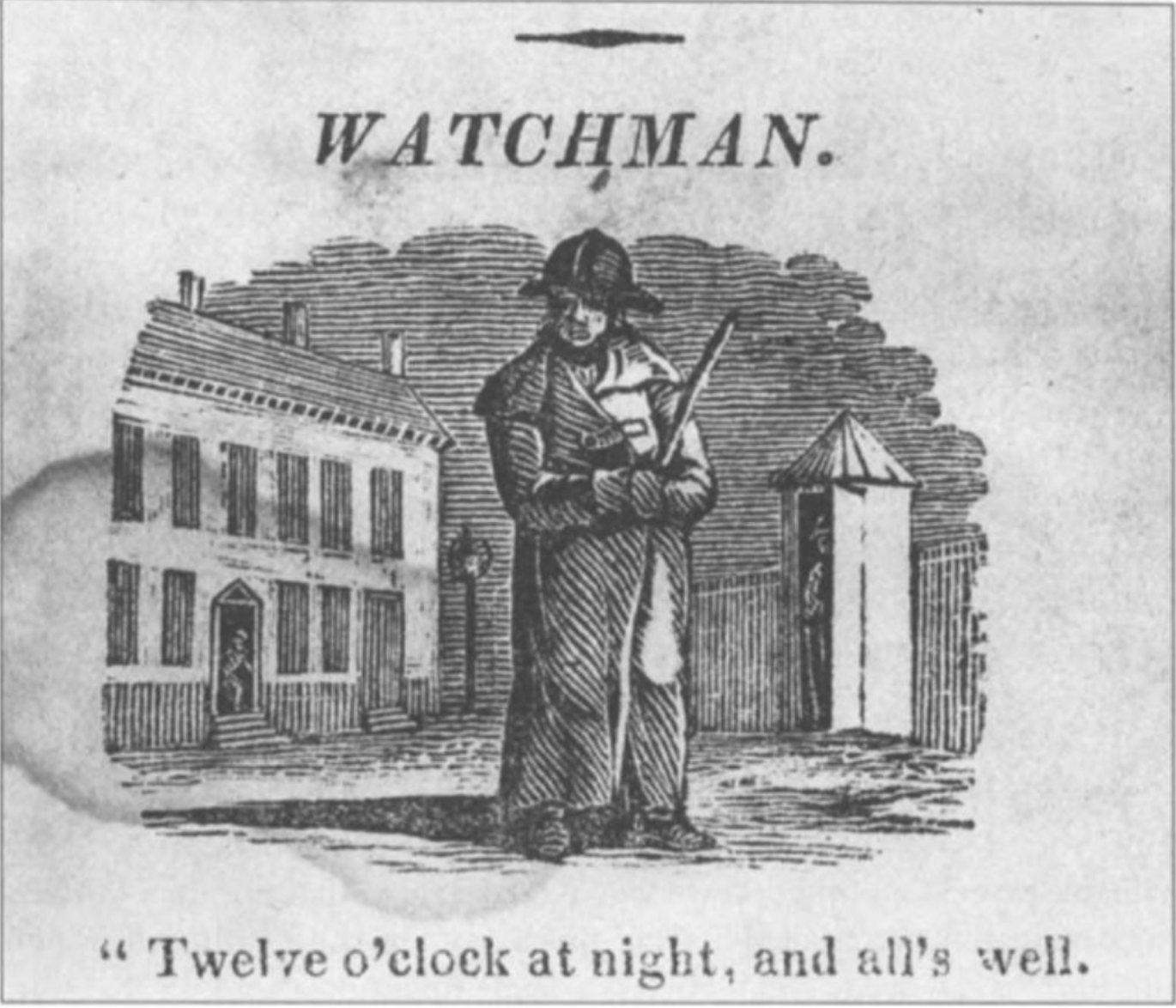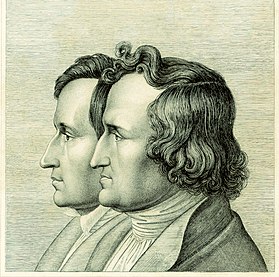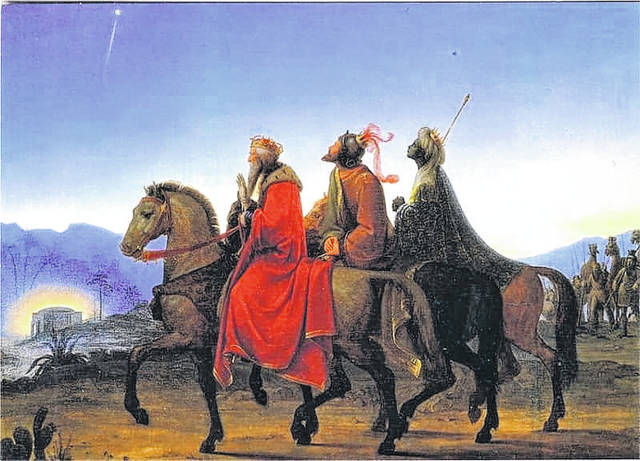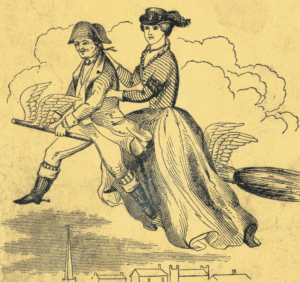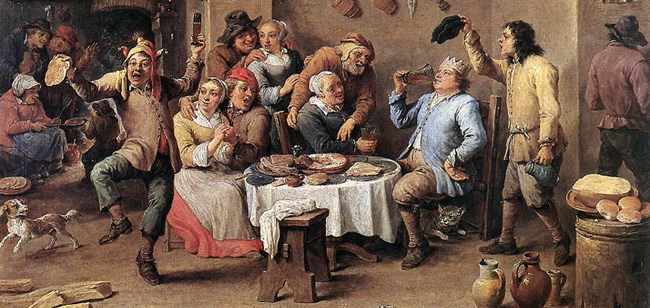
We have met the brilliant G.K. Chesterton (1874-1936) before, bandying opinions on Christmas with George Bernard Shaw. Here are a few more of his thoughts on the season.
What life and death may be to a turkey is not my business; but the soul of Scrooge and the body of Cratchit are my business. – Christmas, All Things Considered
Hark! Laughter like a lion wakes
To roar to the resounding plain,
And the whole heaven shouts and shakes,
For God Himself is born again,
And we are little children walking
Through the snow and rain. – The Wise Men
Christmas is built upon a beautiful and intentional paradox; that the birth of the homeless should be celebrated in every home. – Brave New Family
A turkey is more occult and awful than all the angels and archangels. In so far as God has partly revealed to us an angelic world, he has partly told us what an angel means. But God has never told us what a turkey means. And if you go and stare at a live turkey for an hour or two, you will find by the end of it that the enigma has rather increased than diminished. – Christmas
Anyone thinking of the Holy Child as born in December would mean by it exactly what we mean by it; that Christ is not merely a summer sun of the prosperous but a winter fire for the unfortunate. – The New Jerusalem
The more we are proud that the Bethlehem story is plain enough to be understood by the shepherds, and almost by the sheep, the more do we let ourselves go, in dark and gorgeous imaginative frescoes or pageants about the mystery and majesty of the Three Magian Kings. – Christendom in Dublin
The great majority of people will go on observing forms that cannot be explained; they will keep Christmas Day with Christmas gifts and Christmas benedictions; they will continue to do it; and some day suddenly wake up and discover why. – On Christmas, Generally Speaking

